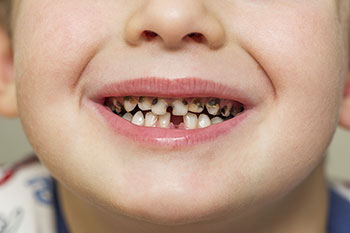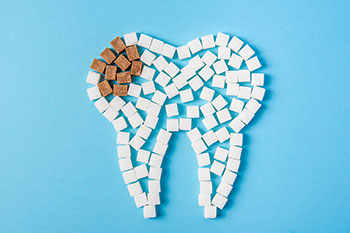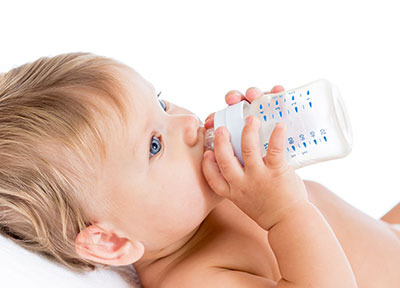
In this day and age, children are at an increased risk of developing cavities from an early age. This is due to the abundance of and easy access to sweetened foods, coupled with misinformation and poor oral hygiene habits. Cavities can form on baby teeth upon the earliest eruption through the gums, which occurs around 5-10 months old. Early childhood caries occur at lightning speed and can cause severe distress for a child. The Canadian Dental Association considers early childhood cavities a significant public health problem. Early childhood caries can lead to pain, infection, loss of confidence, trouble biting and chewing and future issues with crowding of the adult teeth.
(more…)



